Exploring the world of art, history, science and literature. Through Religion

Welcome to TreasureQuest!
Look through the treasures and answer the questions. You’ll collect jewels and for each level reached, earn certificates.
How far will you go?
You need an adult’s permission to join. Or play the game without joining, but you’ll not be able to save your progress.



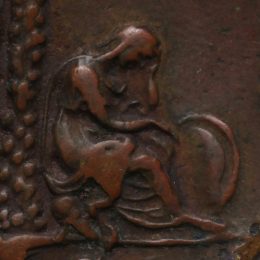


Are there links to current religious practices or a modern equivalent?
The sacking of Jerusalem and its temple in 70 CE by the Romans was marked, (and continues to be observed), as a terrible day of mourning in the Jewish religious calendar, and a famous Jewish prayer, the so-called Amidah, prays for the restoration of Jerusalem as a Jewish city.

Where is it from, where is it now?

Websites
British Museum
Stories of Money, The Citi Gallery, Room 68
Wikipedia
The Jewish Revolt against Rome
Books
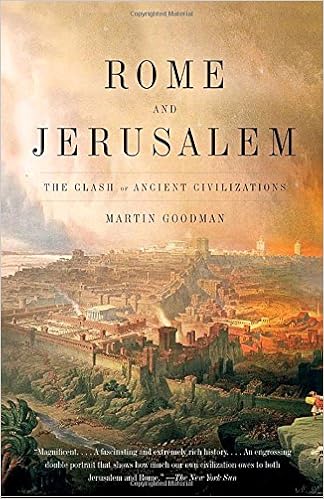
Rome and Jerusalem
Martin Goodman
2007, Vintage
Intermediate

The Jews under Roman Rule
E. Mary Smallwood
2nd ed., 1981, SBL Press
Advanced



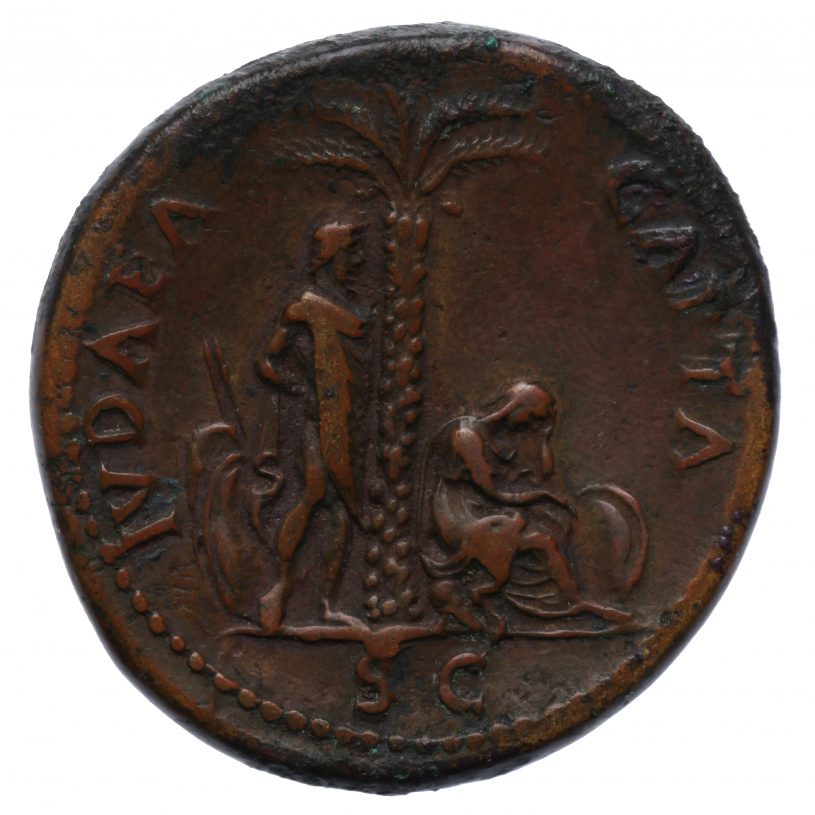
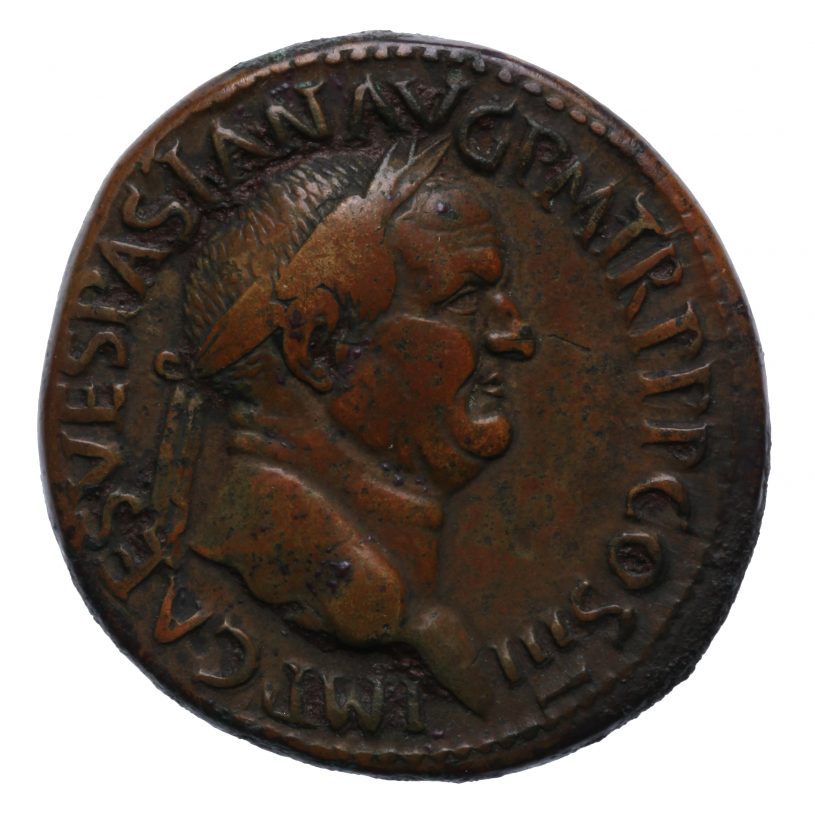
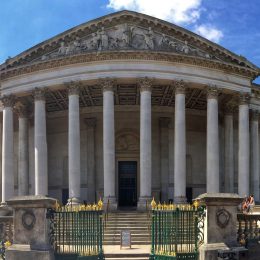





 Faculty of Divinity
Faculty of Divinity